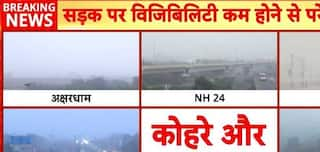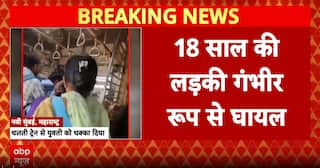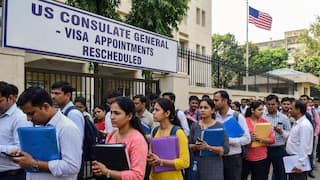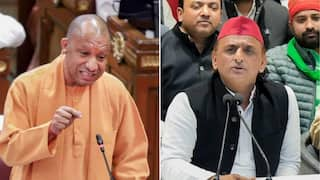Explorer
GDP Growth Down To 7-Yr Low In Q1 Of FY-19; Here's What This Means For You And Me
While a decline in GDP affects the poor worse as India is one of the most unequal societies, it hits your wallet each time a slowdown is recorded. It takes toll on average income of the people and signals a squeeze on job opportunities.

A lower GDP means a proportionate decline in per capita income. (Getty Image)
New Delhi: While a decline in GDP affects the poor worse as India is one of the most unequal societies, it hits your wallet each time a slowdown is recorded. It takes toll on average income of the people and signals a squeeze on job opportunities. Illustrating the impact of lower GDP growth, R. Nagraj, professor of economics at Indira Gandhi Institute of Development Research, said that given per capita monthly income of Rs 10,534 in 2018-19, an annual GDP growth of 5 per cent means that the per capita income will go up by Rs 526 in FY20. "Instead, if per capita monthly income grows at 4 per cent, then the income growth will be only Rs 421. This means a 1 per cent reduction in the growth rate has reduced per capita monthly income growth by Rs 105. In other words, a decline in the annual GDP growth rate from 5 per cent to 4 per cent would mean getting Rs 105 less per month," he said. Taken on an annual basis, the total loss to a person would be 1,260 in a year. It may be noted that the GDP has been slowing down quarter after quarter reaching 5 per cent in April-June period of FY20 from 8 per cent during Q1 of 2018-19. Most economic research firms have lowered their GDP forecast for full financial year. Cutting down FY20 GDP growth to 6.7 per cent (six-year low) from its earlier forecast of 7.3 per cent, India Ratings and Research (Ind-Ra) on August 28 said the current fiscal would be the third consecutive year of subdued growth. Moody's Investors Service sees India growing at 6.4 per cent in FY20 as domestic and external headwinds would persist over the year. Aditi Nayar, Principal Economist, ICRA, said the pace of expansion of GDP and GVA in Q1 FY2020 was resoundingly lower than forecast, driven by a collapse in manufacturing GVA growth, even as the performance of most of the other sectors was largely along expected lines. Explaining the impact of lower GDP on common man, senior economist Nagraj said that lower GDP means a proportionate decline in per capita income. Further, given high inequality in the economy, it is very likely that the poor will suffer more from the decline in the GDP growth rate than the rich. "Correspondingly, the number of people below poverty line could rise. A decline in the GDP growth rate could mean a decline in the employment rate," he said. The GDP at constant (2011-12) prices in Q1 of 2019-20 is estimated at Rs 35.85 lakh crore, as against Rs 34.14 lakh crore in Q1 of 2018-19, showing a growth rate of 5 per cent.
Follow Business News on ABP Live for more latest stories and trending topics. Watch breaking news and top headlines online on ABP News LIVE TV
Read more
Top Headlines
India
Cities
World
Personal Finance






































